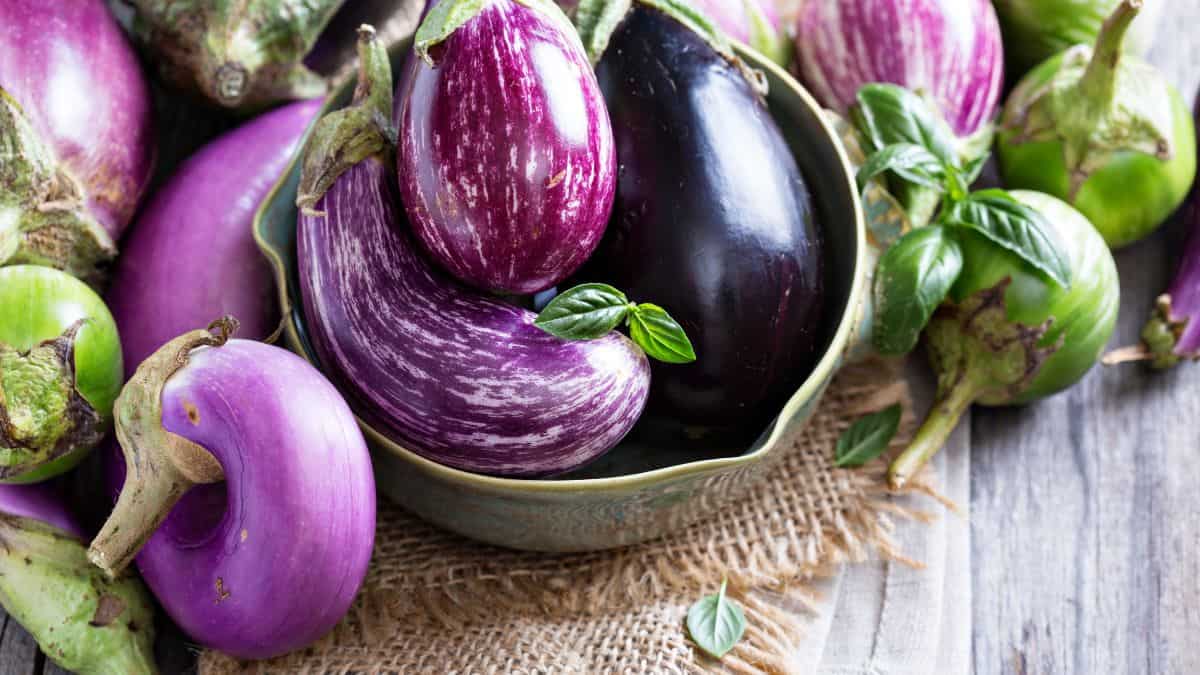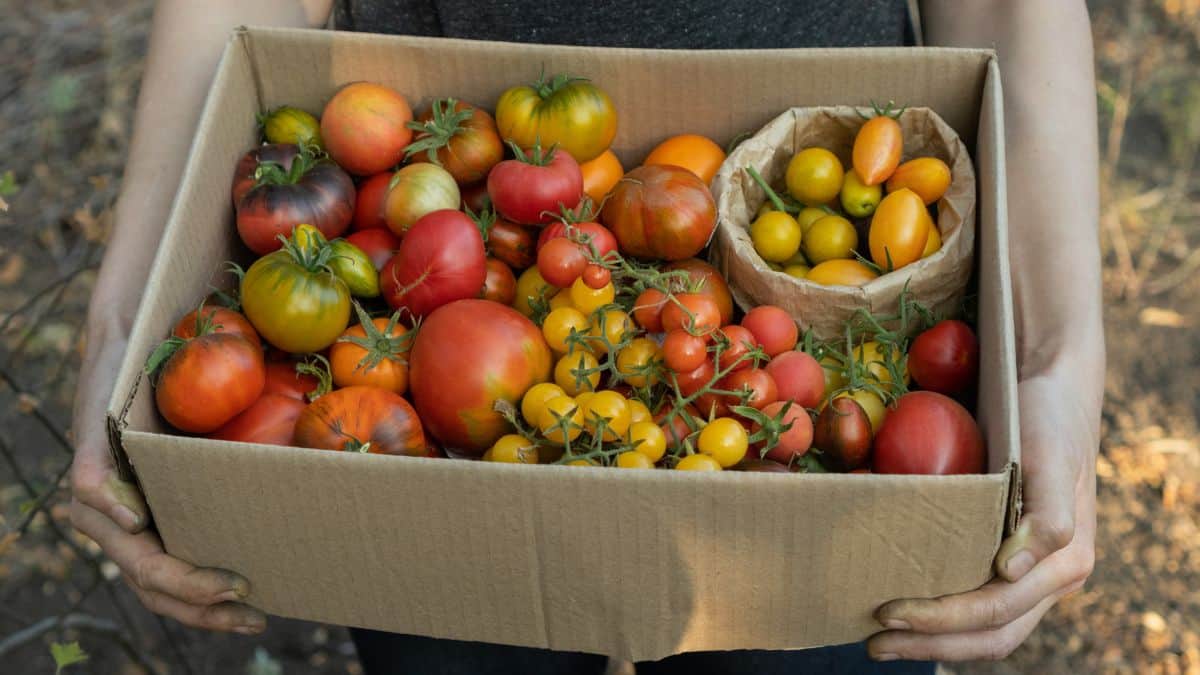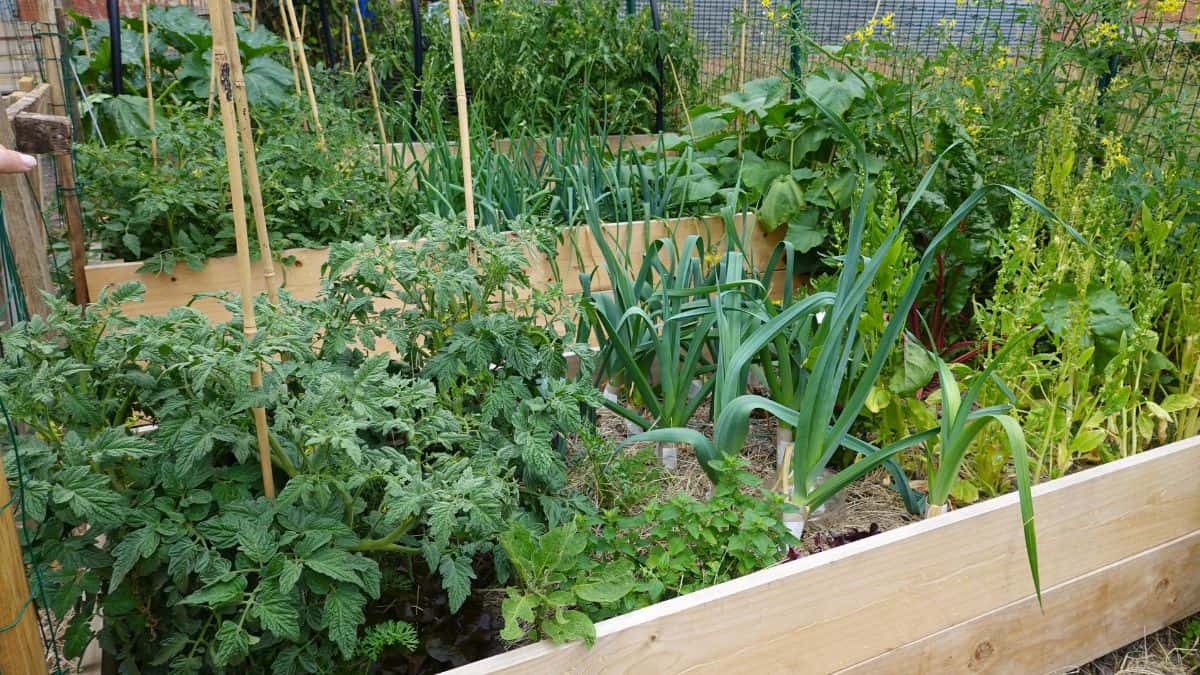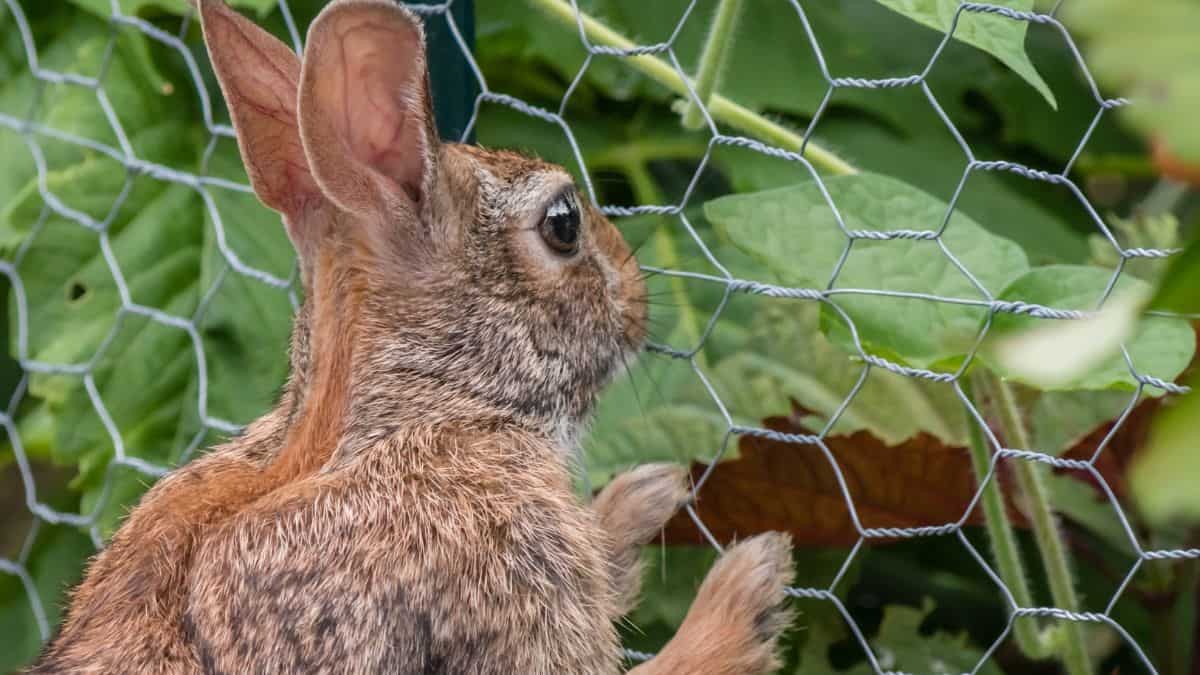Most supermarket veggies taste like they’ve been hanging around in a warehouse for way too long. But heirloom veggies? That’s where the flavor’s at. These old-school varieties didn’t survive for centuries just to play second fiddle to bland, mass-produced produce. They’re packed with character, from bold colors to rich, real taste that doesn’t need any extra seasoning to shine and here’s why.

Genetic Diversity


Heirloom veggies come from seeds passed down through the ages, each with its own unique set of genes. This mix leads to bold, varied flavors that mass-produced types just can’t compete with. When it comes to taste, genetic variety is everything.
Local Adaptation


These vegetables have had years to adapt to their local climates and soils, which gives them distinct, robust flavors. When a veggie thrives in its natural environment, it brings out the best in every bite.
Ripeness at Harvest


Heirloom veggies are picked at just the right moment—when they’re fully ripe and packed with flavor. Unlike the commercial stuff picked early to survive long trips, these are harvested when taste is at its peak, not just for a longer shelf life.
Soil Health and Farming Practices


Heirlooms benefit from soil that’s been cared for, not just farmed. With sustainable practices that focus on soil health, these vegetables grow in nutrient-rich environments, leading to better flavor and a healthier bite.
Less Water Content


Some heirlooms pack a punch because they have less water, meaning their flavors are more intense and concentrated. No diluted taste here—just pure, rich, veggie goodness.
Variety-Specific Qualities


Heirloom veggies weren’t bred to look pretty on a shelf; they were grown for traits that matter—like taste. Over generations, their flavors have been perfected, making them stand out against the mass-produced competition.
Nutrient Content


These veggies bring more to the table than just flavor; they’re loaded with diverse nutrients. This blend of vitamins and minerals gives them a deeper, richer taste compared to crops bred mainly for size or yield.
Older Varieties


Heirlooms are the old-school classics, developed long before modern farming’s obsession with uniformity. They hold onto the flavors and textures that were prized way back when, and it shows in every bite.
Lower Yield Stress


Because heirlooms aren’t grown in the same high-stress, high-yield conditions, they have the luxury of putting their energy into growing great flavors instead of just surviving. The result? Vegetables that taste fuller and more vibrant.
Traditional Farming Wisdom


Heirloom farming comes with a wealth of knowledge, passed down along with the seeds. This wisdom focuses on growing techniques that make for flavorful, healthy veggies, not just big crops.
Seasonality


Heirlooms are grown when they’re meant to be grown—during their natural season. This means they have time to develop their best flavors, and when you eat them in season, you get the full experience.
Connection to Heritage and Story


Every heirloom variety has a story, and knowing that history adds a layer of appreciation to every bite. It’s not just about the flavor—it’s about enjoying a piece of history that’s been grown, savored, and passed down for generations.
6 Vegetables Perfect For Raised Bed Gardens And 3 To Avoid


Jumping into raised bed gardening opens up a whole new world of growing potential, from boosting your soil’s nutrient profile to getting more green in less ground. The beauty of raised beds isn’t just in their efficient drainage or how they keep your soil from getting squashed underfoot; it’s also about making every square inch count. With space at a premium for most of us, picking the right veggies for these elevated patches is key.
This list will guide you through choosing the best plants for your raised beds, ensuring your garden thrives. While not every veggie is cut out for life above ground level, there are some that truly shine in compact spaces.
Read it Here: 6 Vegetables Perfect For Raised Bed Gardens And 3 To Avoid
13 Ways To Keep Rabbits From Destroying Your Garden


Ever caught a rabbit munching on your prized veggies? It’s cute until it’s your garden they’re feasting on. We’ve got the lowdown on keeping those furry critters at bay. From time-tested tricks to plant preferences that rabbits just can’t resist, here’s everything you need to safeguard your garden and keep those carrots for yourself.
Read it Here: 13 Ways To Keep Rabbits From Destroying Your Garden
*Select images provided by Depositphotos.
Gina Matsoukas is an AP syndicated writer. She is the founder, photographer and recipe developer of Running to the Kitchen — a food website focused on providing healthy, wholesome recipes using fresh and seasonal ingredients. Her work has been featured in numerous media outlets both digital and print, including MSN, Huffington post, Buzzfeed, Women’s Health and Food Network.


